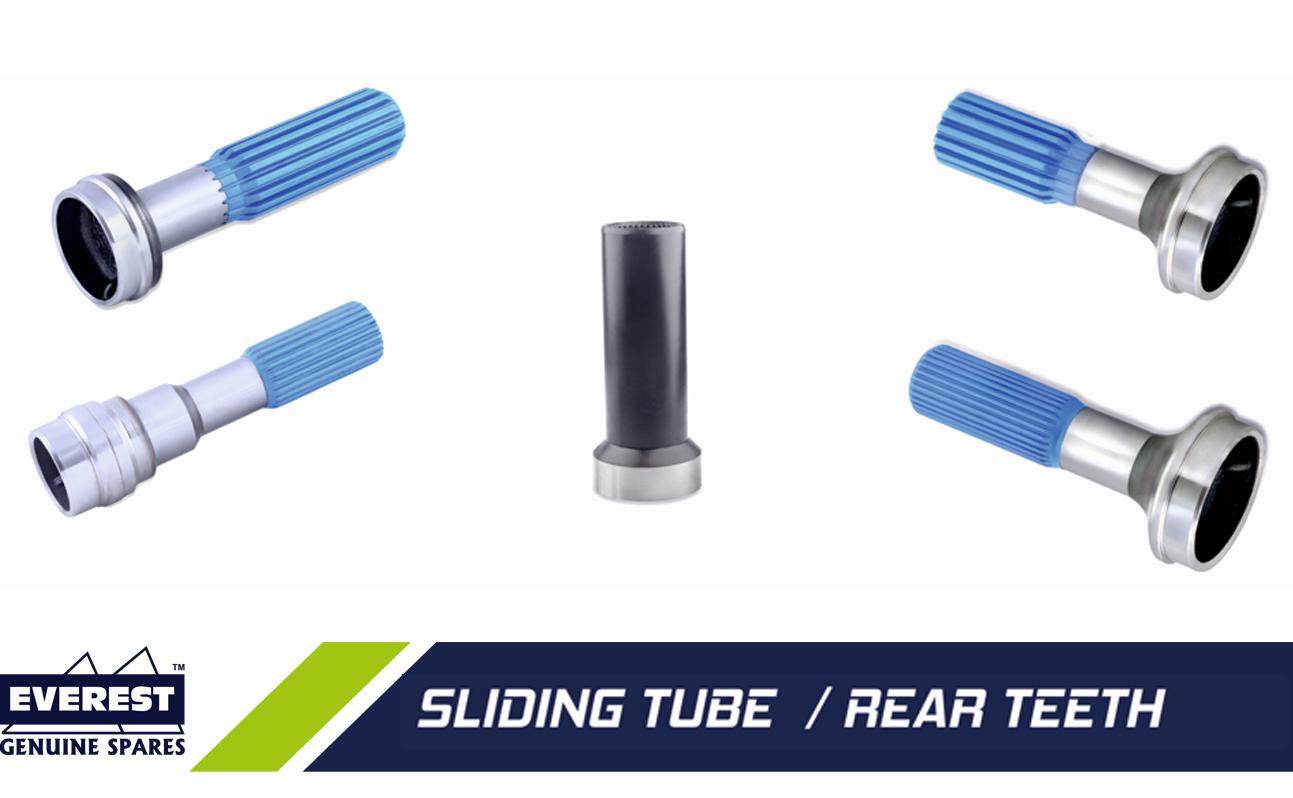A sliding tube is a type of mechanical component that consists of two tubes or sleeves that fit inside each other and can move relative to one another. The outer tube typically has a circular cross-section and serves as a guide or housing, while the inner tube has a smaller diameter and moves inside the outer tube.
Sliding tubes are commonly used in a wide range of applications, such as telescoping mechanisms, hydraulic cylinders, and pneumatic actuators. In these applications, the sliding tube allows for linear motion or actuation by extending or retracting the inner tube relative to the outer tube.
The movement of the inner tube may be controlled by various means, such as a manual lever, a hydraulic or pneumatic cylinder, or an electric motor. The length of travel of the inner tube may also be limited or controlled by stops or other mechanisms, depending on the specific application.
Materials used in sliding tubes may vary depending on the application, with options ranging from lightweight plastics to heavy-duty metals such as steel or aluminum. Surface finishes and coatings may also be used to reduce friction, improve wear resistance, or enhance corrosion resistance.
Benefits of Sliding Tube/Rear Teeth
- The benefits of using glide coated splines or Teflon teeth are to reduce vibration which in turns improve the life of the product & reduce Noise.
- Glide coating has outstanding resistance property to Corrosion, Abrasion & weathering.
- Further, it has excellent wear & impact resistance, very low friction co-efficient which improves sliding property.
- Excellent Durability & UV resistance.
- Excellent Adhesion (Tightening Effect), flexibility, machining suitability.


